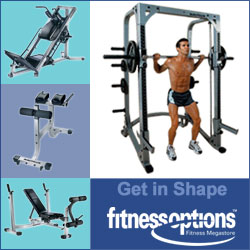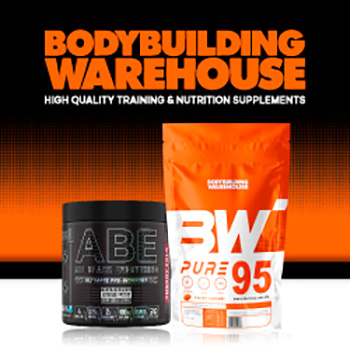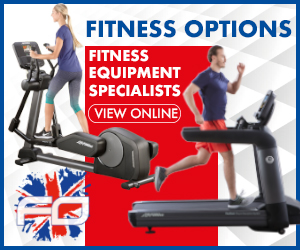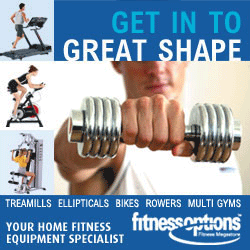The Ultimate Calisthenics Exercise Routine For Beginners
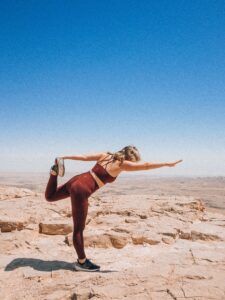
For those who are just starting their calisthenics journey, this 3-day calisthenic exercise routine is perfect for beginners. The emphasis on this calisthenic exercise routine is learning the basic movement patterns correctly before moving on to more difficult variations. Each workout should take 30-45 minutes, so it’s suitable even for those with a packed schedule.
Day 1: Concentrate on the Upper Body
Some of the largest muscle groups are in your upper body. They respond very well to calisthenics training. This workout will target your chest, back, shoulders, and arms with push and pull movements. It will help you develop balanced strength. Start with a 5-minute dynamic warm-up that includes arm circles, shoulder rotations, and light jumping jacks. These exercises will get your joints ready and increase blood flow.
For each exercise, start with 3 sets of 8-12 repetitions. Rest for 90 seconds between sets. If you cannot complete 8 repetitions with good form, use an easier variation. Conversely, if you can easily perform more than 12 repetitions, progress to a more challenging variation. This will maintain the optimal training stimulus for strength and muscle development.
- Push-ups (or knee push ups): Place your hands just wider than your shoulders, keep your body in a straight line from your head to your heels, and lower until your chest almost touches the floor
- Inverted rows (using a table or bar): Position your body under a sturdy table or bar, grip it with your hands shoulder width apart, and pull your chest toward the bar while keeping your body stiff
- Pike push ups: Make an inverted V with your body, place your hands shoulder width apart, lower your head toward the floor while keeping your elbows close to your body
- Superman holds: Lie on your stomach, extend your arms and legs, lift your limbs off the floor and hold for 20-30 seconds
Day 2: Lower Body And Core Focus
Lower body strength is the cornerstone of functional movement and athletic performance. This workout routine is part of a broader calisthenic exercise routine that targets your quads, hamstrings, glutes, and calves. It does so with compound exercises that build both strength and stamina. Your core routine increases stability and promotes good posture during all exercises.
Strength in the lower body is the bedrock of functional movement and athletic performance. This workout targets your quads, hamstrings, glutes, and calves through compound movements. These movements build both strength and endurance. Your core routine enhances stability and supports proper posture during all exercises.
Start off with a 5-minute warm up that targets the lower body. You can do a light jog in place, hip circles, ankle rotations, and some gentle dynamic stretches for the hamstrings and quads. This will help increase blood flow to the muscles you’ll be working and get your joints ready for the exercises you’ll be doing.
- Bodyweight squats: Stand with your feet shoulder width apart, lower yourself until your thighs are parallel to the ground, and then push through your heels to stand back up.
- Reverse lunges: Step backward into a lunge position, lower your rear knee toward the floor without touching it, and then return to standing.
- Glute bridges: Lie on your back with your knees bent and your feet flat on the floor, lift your hips until your body forms a straight line from your shoulders to your knees.
- Plank: Hold a straight arm plank position with your body forming a straight line from your head to your heels for 30-60 seconds.
- Mountain climbers: Start in a push up position, alternately bring your knees toward your chest in a running motion for 30-45 seconds.
Day 3: Full Body Integration
This session brings everything together with compound movements. These engage multiple muscle groups at the same time. Full body integration exercises build functional strength as part of a comprehensive calisthenic exercise routine. They also maximize calorie burn and cardiovascular benefits. These movements closely mimic real life activities, enhancing the practical benefits of your training.
What makes this workout routine amazing is that it targets almost all muscles in your body. It focuses on the link between your upper and lower body, essential for any calisthenic exercise routine. This connection is important in building athleticism and coordinated strength. These gains can enhance your performance in sports and everyday tasks.
- Burpees: Start in a standing position, drop into a squat, kick your feet back into a plank, do a push up, bring your feet back in, stand up, and jump with your arms reaching for the sky.
- Mountain climbers: From a push up position, bring your knees to your chest one at a time, like you’re running in place.
- Bear crawls: Get on your hands and feet with your knees slightly bent, then move forward by moving your opposite hand and foot at the same time.
- Jumping squats: Do a bodyweight squat, then jump up explosively when you stand up, land softly, and immediately go into the next squat.
- Plank to push-up: Start in a forearm plank, then push up into a hand plank one arm at a time, then lower back down the same way.
Rest And Recovery Strategy
Your body builds strength and muscle on your rest days, in response to your workouts in this calisthenic exercise routine. For this beginner routine, take at least one day of rest between each workout session. For example, you might train on Monday, Wednesday, and Friday. You then recover on Tuesday, Thursday, and the weekend.
Engaging in active recovery activities such as walking, light stretching, or yoga can help increase blood flow. This occurs without causing additional strain to the muscles. Aim to get 7-9 hours of good quality sleep each night. This is when your body produces growth hormone and repairs damaged tissues. Proper hydration and nutrition, especially sufficient protein intake, also help support the recovery process. Aim for 1.6-2.2g of protein per kg of bodyweight.
Take your fitness to the next level with these game-changing products. From cutting edge workout gear to top of the line supplements, these products will help you achieve your fitness goals faster and more effectively. Click Here to check them out and revolutionize your fitness routine.

